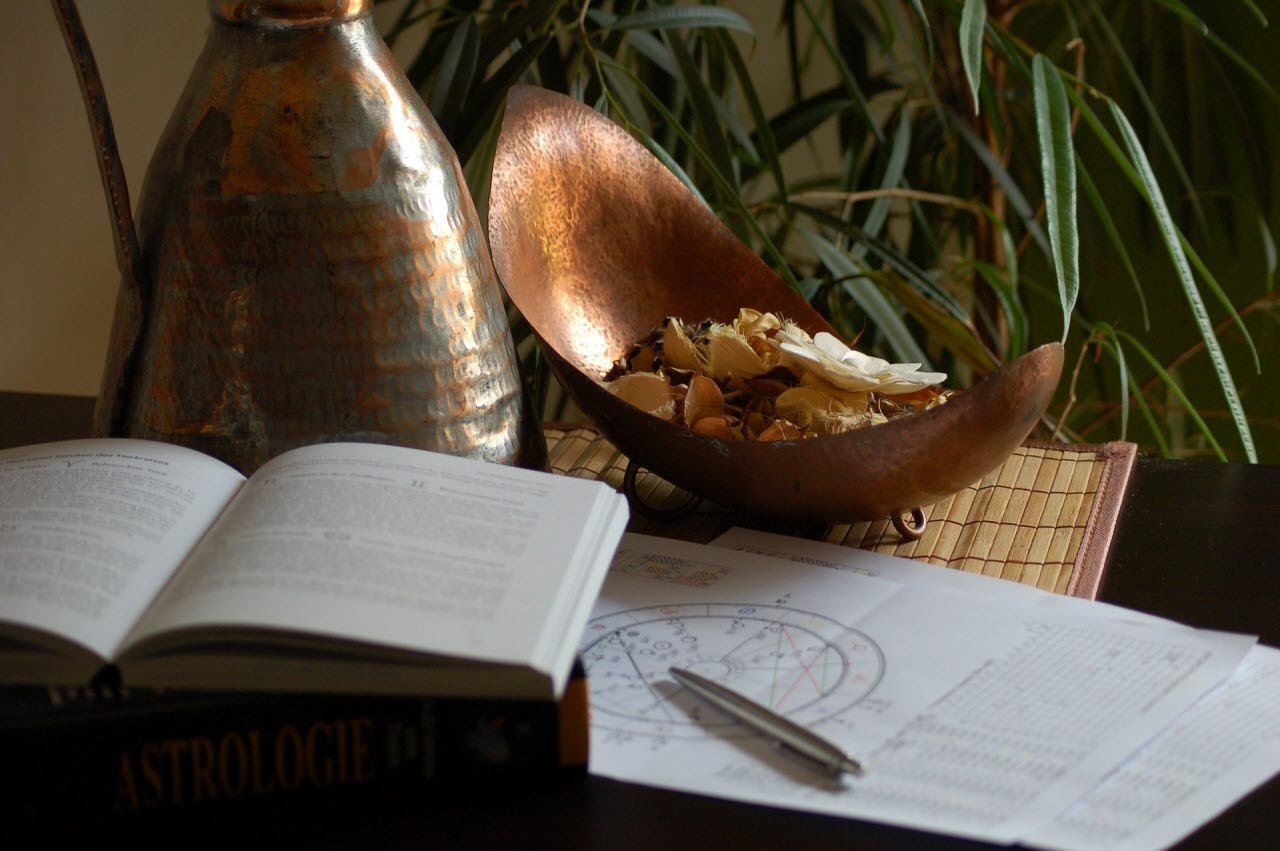
Astrology
A learning-based blog for students. New additions to the blog will focus on asteroids and other random bits of info. Questions are welcome on any relevant post.

A learning-based blog for students. New additions to the blog will focus on asteroids and other random bits of info. Questions are welcome on any relevant post.
Ariadne (43) was discovered at the Radcliffe Observatory in Oxford (UK) by N. R. Pogson on the 15th of April, 1857. Dionysus (3671) was discovered much later on the 27th of May, 1984, by Carolyn and Gene Shoemaker at the Palomar Observatory in San Diego County (USA). Both have an orbital period of slightly over 3 years,
The mythology behind the names of planets and asteroids is a useful way to find the meaning, or their interpretation, in the birth chart. We can get the gist of something better if we can see the bigger picture, and understanding the reasons behind something can help to digest what may be a difficult pill to swallow. Chiron was born to an
In the birth chart, Saturn represents authority and maturity; he is the archetypal Victorian father who is stern yet provides for his family and offers security and reliability. His actions are based on his own father's, and he follows tradition and regulations without questioning those higher up the ladder. He can be cold and
A quick note on delineation The sign the planet is in will modify and refine an interpretation, e.g. Mercury in Aries on the south node would indicate that aggressive communication causes problems and needs to be transformed into direct and assertive rather than antagonistic. A point worth mentioning
I’ve been on a bit of a jaunt with tentacle-bearing monsters of late and figured I’d continue the theme here after being reminded of a particular pair of asteroids. These two don’t need to be looked at as a pair, although the midpoint between the two could be symbolic; I dunno. We’ll see. Scylla and Charybdis